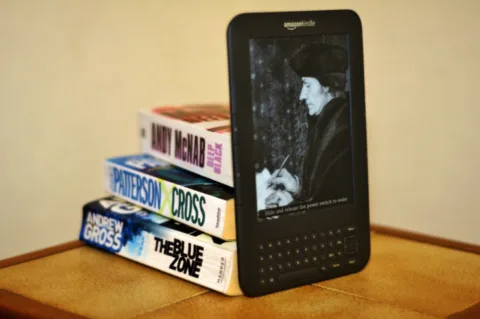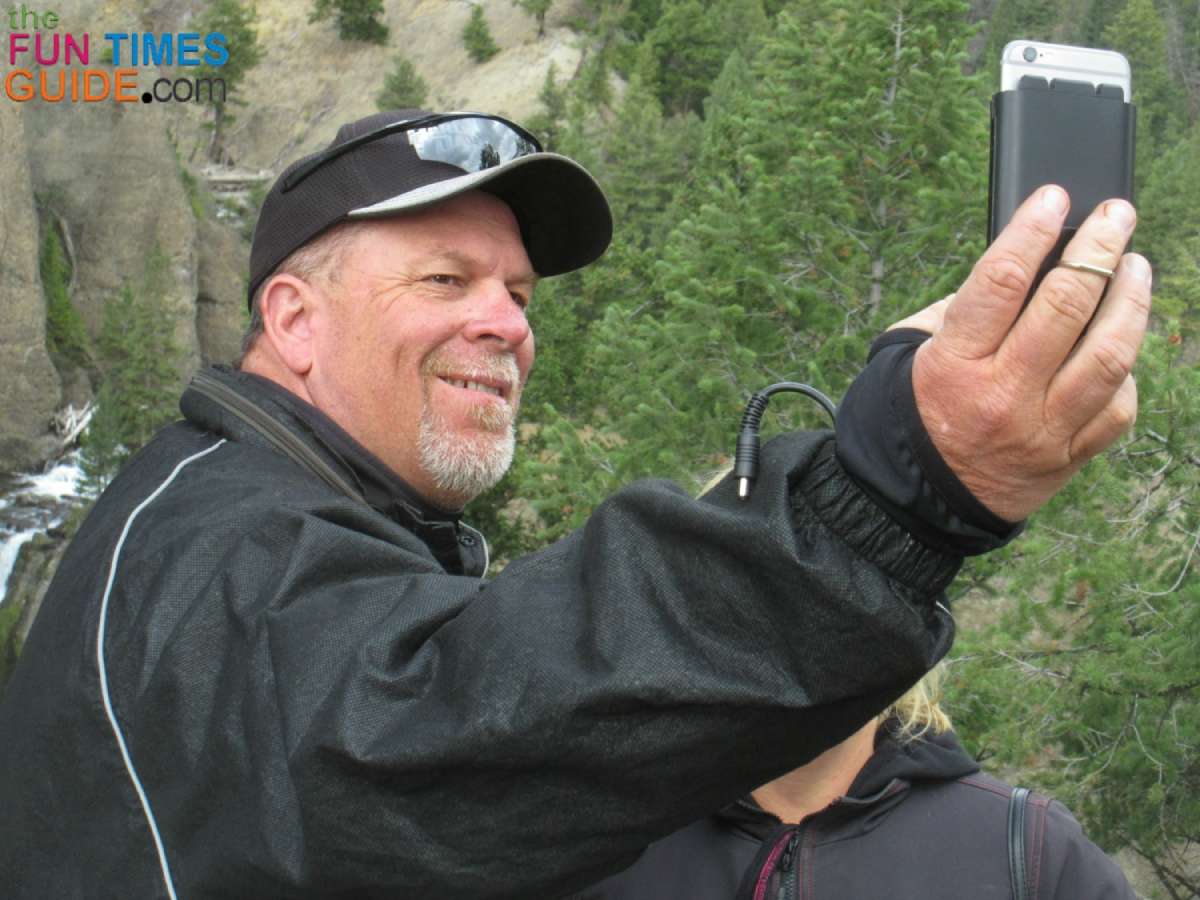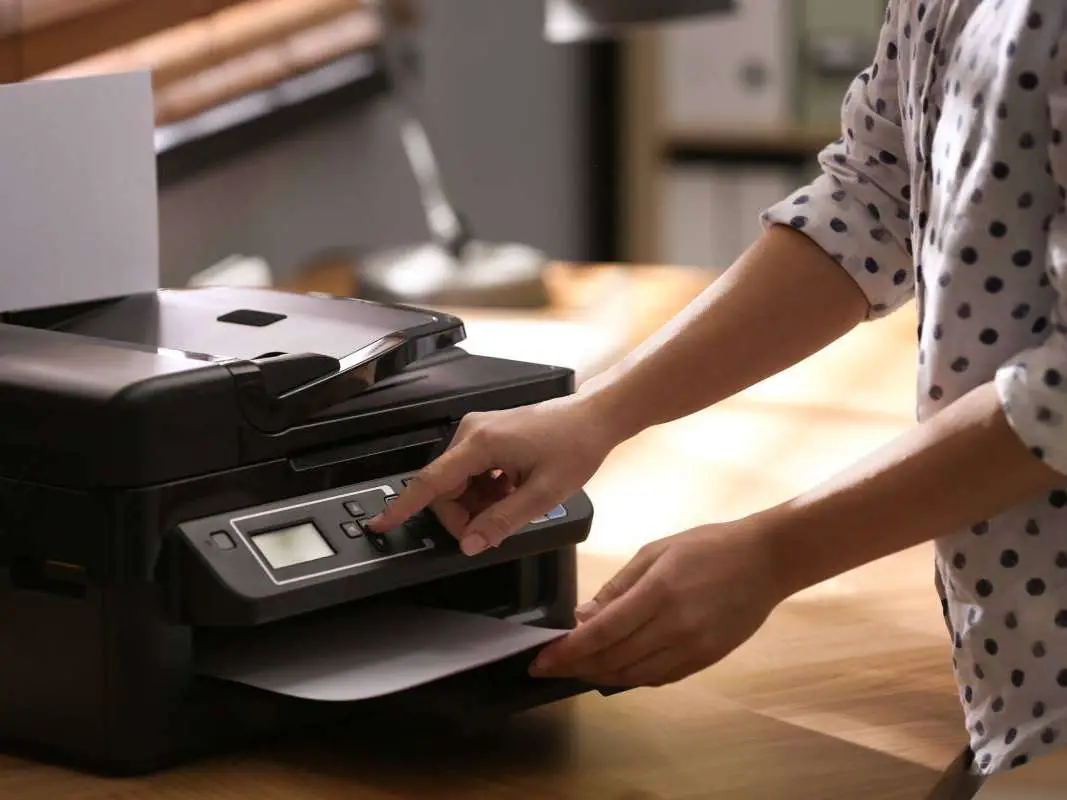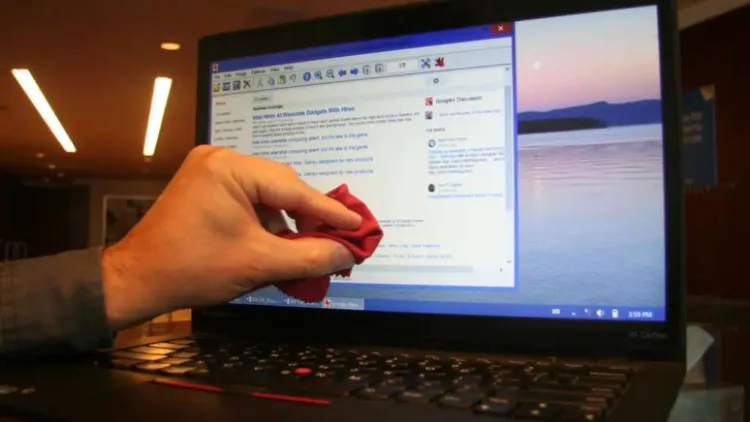According to Amazon, the Kindle store has over a million books on its “shelves” and is growing rapidly.
You will be surprised how easily you can get your own book listed in the Kindle store!
Here’s what you need to know…
Kindle Direct Publishing 101
Kindle allows you to upload your document to Kindle Direct Publishing.
Some writers have reported drawbacks by going this route — which we will discuss in a minute.
For now, just know that you can make your book available on Kindle devices, as well as Kindle apps on Android devices, Blackberry, iPhone, iPad, PCs and Macs.
Acceptable File Formats
Your original document can be in any of these formats:
- Microsoft Word (.doc or .docx)
- ePub (.epub)
- plain text (.txt)
- Mobipocket (.mobi or.prc)
- HTML (.htm, .html, .zip)
- Adobe PDF (.pdf)
- Rich Text Format (.rtf)
Based on market share, it is reasonable to guess many people will be preparing their documents on Microsoft Word. The problem with uploading Microsoft Word documents directly is the significant extra coding that appears in the background, and the Kindle reader does not like it.
There have been reports of fonts misaligned and graphics not appearing correctly. The best advice is to simply save your file in .doc format and not in .docx or .rtf –both .docx and .rtf are known to have problems when converting to Kindle.
No Bullet Points
Another important note is you should avoid bullet points, headers, footers and special characters in your file.
They will not be transferred to the Kindle format.
You can use bold, italics, and indentations with no problem.
Acceptable Image Formats
Images should be in .jpg format, but use ‘center’ alignment only.
Make sure to insert the pictures directly. (Do not copy them into your document.)
If you have color photos they can be read by most of the Kindle apps and will display in full color. However, only some Kindle devices and applications (such as the Kindle Fire and Kindle for iPhone or PC) will display images in color. Other devices and apps display photos in grayscale.
Other Kindle Direct Publishing Tips
- Remember to add page breaks at the end of all chapters to keep them from running together.
- Do not use your Tab key for indenting. Instead, use the Indent option in Paragraph Settings.
- Also note that page numbers in the Kindle do not apply. This is because the pages are resizable depending on the device being used as well as the size of the text. So it’s important to have an accurate Table of Contents to link to chapters and help readers navigate your book.
- Take the time to double check your document for rogue tabs or page breaks. They will wreak havoc with your book, so go slowly and page through your book to make sure everything looks good before you submit it for publishing.
Using MobiPocket Creator
As mentioned above, you can upload Microsoft Word’s .doc format directly to Kindle Direct Publishing, however many experienced Kindle publishers recommend a different route.
To better retain formatting and avoid alignment problems, you can save your .doc file as “Webpage, Filtered” which is an HTML file — then convert it using MobiPocket Creator.
Let’s look at this in more detail…
MobiPocket Creator is a free program that allows you to easily convert your HTML file into an eBook format called .prc. You can then upload that file to Amazon Kindle.
The advantage of this method is you avoid many of the formatting and alignment problems of uploading Microsoft Word .doc pages directly to Amazon.
After you’ve download MobiPocket Creator, here’s how to get your document into Amazon Kindle:
- In MobiPocket, select Import, and then navigate to your HTML file.
- After importing the file, click on “Add a Cover Image.” If you have prepared a cover, add it now.
- Then click “Update” and “Build” from the main menu. Again, click “Build” from that page. Wait until you get the message “Build Finished.”
- Select “Open folder containing eBook” and then “OK.”
- Unless you designated a different folder, the finished eBook is now in the MyDocuments/MyPublications folder. To view it, you need to download the Kindle Previewer from Amazon.
- Review your book and make sure all the formatting is correct and everything is aligned properly. If you see a mistake, fix it in Word, resave it as “Webpage, Filtered” HTML and go through the MobiPocket process again.
- Once it all looks good, upload to Kindle Direct Publishing.
Select Your Royalty
At this point, many people get excited about the millions of dollars they are going to make as a published Kindle author.
Slow down there, Rudyard Kipling! You have to choose between a 70% royalty and 35% royalty.
To qualify for Amazon’s 35% royalty:
- Price – your book can sell for any price (with a minimum of 99 cents)
- Selected Countries – even if you have worldwide rights, you can select individual rights if you desire.
- Includes Delivery – Amazon absorbs the cost of sending the book electronically.
- Lending – optional
To qualify for Amazon’s 70% royalty:
- Price – must sell your book $2.99 to $9.99
- All Rights – you cannot select individual countries you must offer worldwide access.
- Author Pays Delivery – Amazon will charge for delivery which will vary depending on the size of your book.
- Lending – lending is not optional.
Obviously the 70% royalty is higher, but you forgo the convenience of selecting individual countries and lending is not an option.
You’ll also notice that the 70% royalty is cut off at $9.99 because Amazon wants most Kindle books to sell at this price point.
Once you’ve selected your royalty option and completed the uploading process, you can expect to see your book in the Kindle store within 24 hours after you click “Save and Publish.” It will take a little longer for all of the book details like the product description to appear.
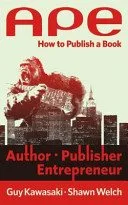
Congratulations… You are now a published Kindle author!
Even more tips for self-publishing your book can be found in Guy Kawasaki‘s incredibly helpful book: APE: Author, Publisher, Entrepreneur and his 5-part series on Huffington Post: Part 1, Part 2, Part 3, Part 4, Part 5.

